#culturalheritage
Text

How delusional do you have to be to think that the religion that has forcibly invaded and converted multiple countries throughout the centuries has preserved languages and cultures.
Old norse was only converted to the Latin alphabet because of Christianity, almost destroying the runic alphabet.
Christians forced indigenous children in North America and Canada to attend schools that stripped them of their culture and abuse them into Christianity. There are still Christian organisations who are dedicated to preaching to the native tribes on the North American continent.
How many mythological/folklore/fairytale figures have been diluted down to make it more christian friendly? How many have been demonised because they went against christian values?
How many historical artifacts or culturally significant items have been stolen or destroyed because of Christianity?
It genuinely breaks my heart to think of all the pain and suffering and death Christianity has caused to numerous countries, and the historical knowledge we might have lost in the process.
#ex jw#ex jehovah's witness#jehovah's witnesses#religious trauma#exjw#cult survivor#ex christian#ex cult#apostate#possible tw#culture#culturalheritage#christianity#imperialism#conversion#languages
214 notes
·
View notes
Text
Crimson Scarf 🧣
A crimson scarf, bright as the break of day. Cloth spun with tales of strength and lore, Woven with the dreams that old ancestors bore.


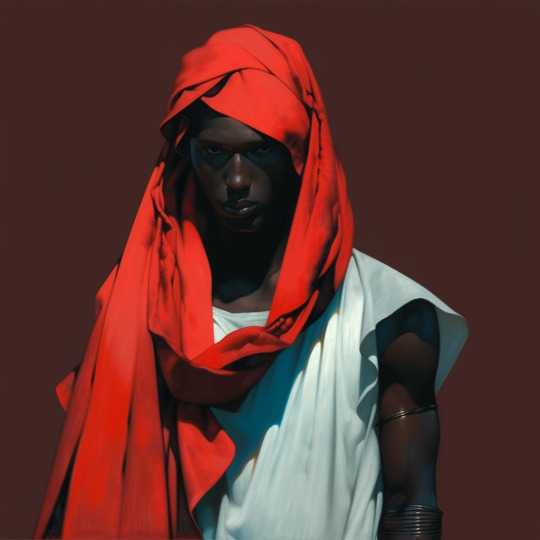
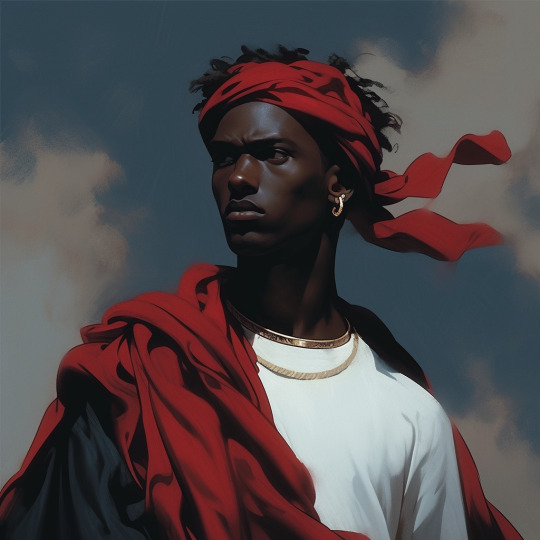

To the men of the earth, with skin kissed by the sun, The crimson scarf speaks of battles won.
🧣🧣🧣
#melanin#art#aestheitcs#y2k#Diversity#oil painting#Representation#portait#digital illustration#illustration#black art#CrimsonScarf#MelaninMajesty#UnveilingBeauty#MelaninMagic#SelfLove#CulturalHeritage#DiverseBeauty#EmbraceMelanin#ai#artist on tumblr#anime#manga#Fire#blackart#black man#lol#black tumblr#Tumblr#love
356 notes
·
View notes
Text
Beautiful GAZA before WAR CRIMES/GENOCIDE/CRIMES AGAINST HUMANITY 😢♥️🇵🇸♥️
#gaza#save gaza#free gaza#save palestine#free palestine#free west bank#architecture#history#palestinian culture#culturalheritage#unesco#palestinian lives matter#stop the genocide#crime against humanity#israeli apartheid#palestine#palestine will be free
48 notes
·
View notes
Text
On the day of Saint Lucia, here in Czechia women dress up as Lucky. Then they go from house to house checking wether or not you were working, wich is strictly banned on this day. So if your house was clean, or you were spinning, plucking feathers or doing any other chores that day, they are allowed to trash your place.
They are allowed to attack men who don't help their wives with chores and scare children, warning them that if they aren't fasting on the Christmas day, they will come to them and rip their stomachs apart to take all the food back and replace it with hay.
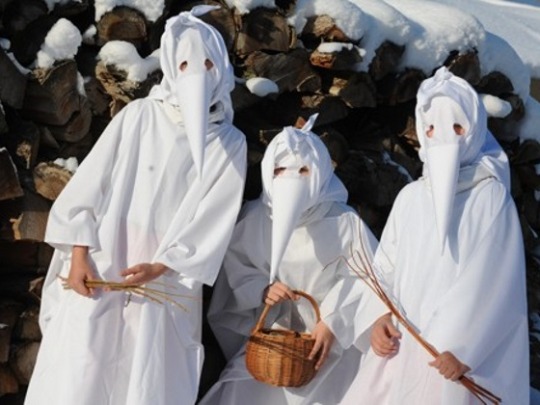
Girls night out. 💅
#culture#culturalheritage#czech republic#czechia#czech culture#sharing culture#celebrations#cultural celebrations#fun facts#fun fact#st. lucia#saint lucia
30 notes
·
View notes
Text






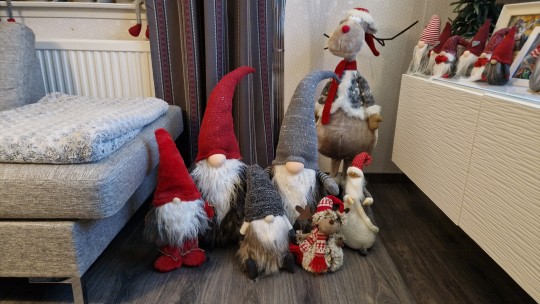


Today its been studies all day. And some time to just relax, decorate the house and enjoying the day. Finally some tomtegröt (porridge). In old Sweden, porridge was often put out for the house elf at Christmas (he looked like a smal gray santa). ✨
In nordic mythology, the house elf is a small being that looks like an old man with a long beard. They are usually dressed in gray and have a gray or red beanie. House elves are strong and good at work. They live close to people, usually in a stable or a barn, but sometimes in the same house as the people. A house elf is grumpy and doesn't want to be seen. But secretly he keeps track so that the people are kind to the animals and take care of the farm in a good way. If the people take care of themselves, they can get help from the house elf with many of the chores on the farm, and the elf creates security on the farm. But if the people, for example, don't give the animals enough food, they can suddenly get a kick in the ass, or an slap from someone they can't see. Then it's the house elf who is on the move and wants them to tighten up. A house elf can be several hundred years old and usually stays on the same farm for several generations of owners. Elves are basically quite friendly and caring creatures, as long as you don't annoy them. To show appreciation and keep house elf happy, people could set out a dish of porridge with a dollop of butter in it on Christmas Eve. Then the house elf was happy. ✨
A translation from Swedis radio, allways loved folklore.
December 2023 ✨❤️
Avesta, Dalarna, Sweden
#sweden#swedish#my photos#swedish folklore#swedish culture#culturalheritage#cultural history#nisse#tomtenisse#tomte#dalarna#gaylife#swedish food#december 2023#julmys#god jul#swedish home#swedish history#xmas decorations#christmas tree#christmas decorations#food#homesweethome#holiday#good things#swedish tradition#swedish traditions#my life#my home#enjoythelittlethings
15 notes
·
View notes
Text
Crafting Authentic Slavic Characters: A Guide to Avoid Stereotypes and Embrace Diversity
A/N: I've been informed that people who have nothing on their blog can be mistaken for bots, so I decided to make one about something I'm really passionate about, as a Montenegrin woman. So sit back and enjoy :) (Keep in mind that I've never written a blog before, not even in my native language, so excuse any mistakes.)
Dear writers and storytellers,
As we dive into the art of character creation, it's essential to recognize the significance of crafting Slavic characters authentically and respectfully. Our stories have the power to challenge stereotypes and foster cultural understanding. This guide aims to provide a balanced perspective on what to do and what not to do when developing Slavic characters.
1. Do Research Thoroughly: Invest time in researching Slavic cultures, languages, history, and traditions. The more you know, the better you can authentically represent Slavic characters.
2. Don't Rely on Stereotypes: Avoid portraying Slavic characters solely through stereotypes like the "Russian villain" or "stoic Eastern European." Break away from these clichés.
3. Do Embrace Diversity: Recognize the diversity within the Slavic region. Slavic culture varies greatly from one country to another, so consider this when creating characters.
4. Don't Use Accents as a Crutch: Avoid heavy phonetic accents in dialogue, as they can come across as caricatures. Instead, convey their origin through subtle language choices.
5. Do Develop Complex Personalities: Slavic characters, like any others, should have multi-dimensional personalities, aspirations, and flaws. Make them relatable.
6. Don't Overdo "Tragic Backstories": While adversity can make a character compelling, avoid making every Slavic character's life a never-ending tragedy.
7. Do Consult Sensitively: If you're not from a Slavic background, consider seeking input from individuals who are. Be respectful and willing to learn.
8. Don't Fetishize Culture: Avoid reducing Slavic culture to exotic or mystical elements. Portray it respectfully, not as a novelty.
9. Do Challenge Prejudices: Use your writing to challenge stereotypes and prejudices, both within your story and in your readers' minds.
10. Don't Make All Slavic Characters the Same: Not every Slavic character should conform to a specific mold. Showcase their individuality.
11. Do Address Historical Context: If your story involves historical events or themes, handle them with sensitivity and accuracy.
12. Don't Neglect Positive Representations: While conflict can be a central theme, don't forget to include positive Slavic characters who contribute to the narrative in meaningful ways.
13. Do Avoid Cultural Appropriation: Use cultural elements respectfully and with proper context, avoiding appropriation or misrepresentation.
14. Don't Make Language Mistakes: If using Slavic languages in your writing, ensure they are used correctly to avoid unintended errors or offense.
15. Do Humanize Your Characters: At the core of it all, Slavic characters are human beings. Treat them with the same care, depth, and humanity you would any other character.
16. Don't Be Complacent: Writing authentic Slavic characters is an ongoing process. Continuously educate yourself and be open to feedback.
In conclusion, dear writers, crafting Slavic characters that break free from stereotypes and embrace diversity is not just a creative endeavor but a moral one. As storytellers, we have the power to shape perceptions and promote cultural understanding. By following these guidelines and committing to respectful and nuanced representation, we can contribute to a more inclusive and vibrant literary landscape.
Let's embark on this journey together, armed with knowledge and empathy, and create characters that truly reflect the rich tapestry of the Slavic experience.
You're also free to ask *me* any questions, if you have them and would like an answer from someone who's actually Slavic.
With sincerity and resolve,
Nyushka, a certified Slavic person :)
#writeblr#writerscommunity#ao3 writer#writer things#writblr#writerslife#representation matters#culture#slavic#slavic culture#slavic representation#inclusion#inclusivity#representation#representation in media#representation in literature#culturalexploration#culturalheritage#cultural differences#cultural diversity#diversity#diversity in media
24 notes
·
View notes
Text






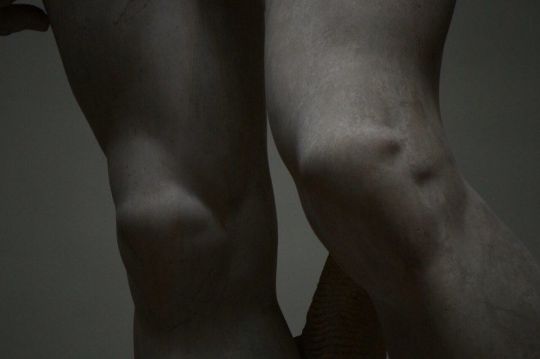

I couldn't help but post this.
Michelangelo's David in the Galleria dell'Accademia.
#Michelangelo#David#Sculpture#GalleriaDellAccademia#Art#Masterpiece#Florence#Italy#Culture#History#FineArt#Beauty#RenaissanceArt#ItalianArt#ClassicalArt#FamousArtwork#SculptureAppreciation#ArtHistory#Tourism#TravelPhotography#IconicSculpture#CulturalHeritage
11 notes
·
View notes
Text

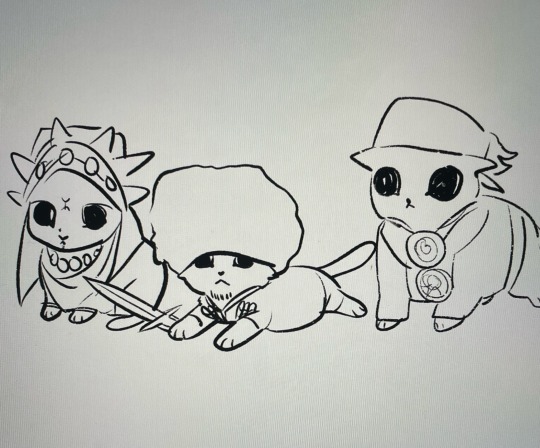
moroccan amazigh + some cats
#amazigh#morocco#artist#oc art#culturalheritage#caucasus#moroccan art#mena#middle east#north africa#doodle#my art#artists on tumblr#procreate
7 notes
·
View notes
Text
Merry Christmas and Happy Holidays to all fans of the enigmatic world of "The Phantom of the Opera"
We are excited to present the first chapter of "Zariya Hollow - A Horror Anthology: Episode 13 - "The Ghost in The Opera House".
This project, a labor of love spanning nine years, has been made possible in collaboration with phantomstheater.weebly.com. We extend our heartfelt thanks to Phantomstheater for providing access to their translation of the original Le Gaulois newspaper publication of Gaston Leroux's "Le Fantôme de l'Opéra", along with the comprehensive appendix. Discover more and stay updated at phantomstheater.weebly.com/Zariya-Hollow.
Zariya Hollow: Season 1, Episode 13 - "The Ghost In The Opera House" (Chapter 1)
In the gripping season finale opener, "The Ghost In The Opera House," we step into the mysterious corridors of Paris's famed Opera House, led by the enigmatic voice of Gaston Leroux. His narration not only brings the grand architecture to life but also whispers of the secrets and ghostly enigmas hidden within its walls.
This episode is a defining moment in the Opera House's chronicles, capturing the significant transfer of leadership from the old directors, Messieurs Debienne and Poligny, to the new custodians, Armand Moncharmin and Firmin Richard. The handover of the small master keys isn't merely a formal procedure; it signifies the dawn of a new era, riddled with unexpected challenges and eerie tales of a phantom lurking in the shadows.
As we navigate through Leroux's vividly painted scenes, we explore the Opera House's majestic underbelly, where the new directors grapple with the daunting rumors of a spectral inhabitant. Parallel to this, in the serene town of Perros-Guirec, another story starts to unfurl, intricately linking to the opera's own enigmatic saga.
Leroux's masterful storytelling skillfully blends reality with legend, weaving a narrative that captivates and haunts in equal measure. "The Ghost In The Opera House" is more than a tale of unspoken love and ghostly presence; it's an expedition into a realm where every hidden corner and echoing note tells its own story. As the tale progresses, Leroux sets the stage for a finale that is set to be as unforgettable as the legend of the Paris Opera House itself.
Tune in to this mesmerizing journey at anchor.fm/zariyahollow/episodes/Zariya-Hollow-S1Ep13--The-Ghost-In-The-Opera-House-Chapter-1-e2dlke1.
#podcast#ZariyaHollow#TheGhostInTheOperaHouse#PhantomOfTheOpera#GastonLeroux#HorrorAnthology#ParisOperaHouse#MysteryAndSuspense#Adaptation#FrenchLiterature#DramaSeries#SeasonFinale#HistoricalFiction#GothicRomance#AudioDrama#FanCreation#ClassicLiterature#SpookyStories#CulturalHeritage#CreativeWriting#Storytelling#the phantom of the opera#spotify#alexielderavenswood#themaskedlion#radio drama#POTO#le fantome de l'opera#christine daae#raoul de chagny
13 notes
·
View notes
Text




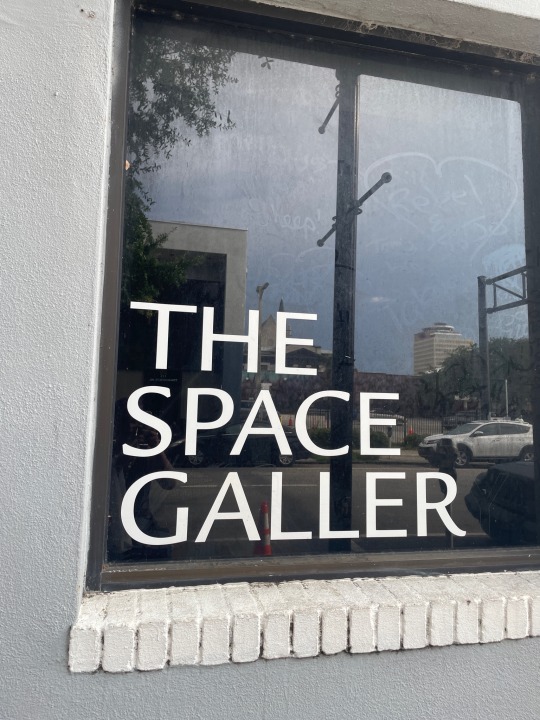
Small scenes from the American Institute for Conservation Annual Meeting happening right now in Jacksonville Florida.
Yet again the NCPTT is knocking it out of the park with their buttons this year.
#conservation#original content#meeting#conference#aic#culturalheritage#american institute for conservation
39 notes
·
View notes
Text

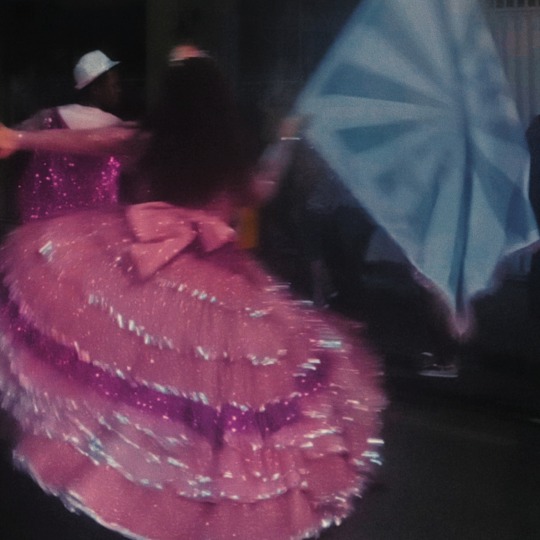
#my posts#je-suis-alegria#photography#brazil#brazil aesthetic#carnaval#carnaval 2024#music#rhythm#dance#choreography#80s#90s#2000s#random aesthetic#nostalgic#escola de samba#brazil culture#culturalheritage#tourism#voyager
6 notes
·
View notes
Text
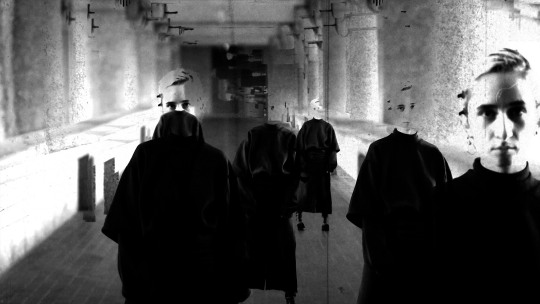
"I realized that the special thing about me is the fact that I'm not British."
10 notes
·
View notes
Text

The Love Between Emperor Hadrian and Antinous
A Romantic Connection in Antiquity and its Modern Significance
The story of Hadrian and Antinous, viewed through the prism of the modern world, impressively illustrates how love and relationships can transcend the societal norms of their time and can be celebrated in every era. Their relationship, captured in art and literature as a symbol of true love and devotion, connects the ancient world with our present. It shows that love, devotion, and human emotions are timeless and universal, elements that exist independently of time and space.
Within the rich history of the Roman emperors, often marked by power plays and political strategies, one relationship stands out in particular: that between Emperor Hadrian and Antinous. This connection, which blossomed in the 2nd century AD, was markedly different from the political alliances of the time and is today considered one of the most profound and significant romantic relationships of antiquity.
Hadrian, known as one of the most prominent Roman emperors, ruled from 117 to 138 AD and maintained during his reign a close and possibly romantic relationship with Antinous, a young Greek of extraordinary beauty. Antinous, who entered the life of the emperor, quickly became a central figure at the imperial court and accompanied Hadrian on numerous journeys. Their relationship, immortalized in many sculptures and artworks, attests to Hadrian's admiration and veneration for Antinous's beauty and grace.
The sudden end of this relationship came with the tragic death of Antinous in 130 AD, the circumstances of which remain mysterious to this day. Some historians suspect an accident, while others speculate about a possible suicide out of devotion to Hadrian. The death of Antinous left the emperor in deep mourning, which was expressed in the construction of temples and cults in honor of Antinous in various parts of the empire.
Text supported by Chat GPT-4
Base Image generated with DALL-E, overworked with SD-1.5 inpainting and composing.
#HadrianAndAntinous#AncientLove#RomanHistory#TimelessRomance#AntiquityInArt#EmperorHadrian#AntinousBeauty#Romance#CulturalHeritage#gayart#LGBT#gaylove#queer#loveislove#manlovesman
11 notes
·
View notes
Text
🪶🇵🇸Dance as a form of resistance shared by indigenous peoples. I love this mashup ✊🏽
I love this young man, I love his defiant war dance, I love his fearlessness, dancing in his protective kuffiya and Palestine around his waist, with his slingshot against occupation military fire and snipers.
Palestinians knows love and stand courageously for the love of life. Nothing could break it or their power to stand tall in the face of injustice.
This is from the peaceful Great March of Return 2018 by civil society. When Israel occupation forces surrounded peaceful protesters in Gaza, opened fire and massacred at least 150 Palestinians.
#gaza#free palestine#free gaza#first nations#palestinians#native american#culturalheritage#dance#dancers#colonization#occupation#freedom#we are all one#people power#resistance#stop the genocide#resilience#genocide#free people#palestinian lives matter#native american lives matter#fight for justice#fight for my way#fight for freedom#palestine will be free#indigenous people
45 notes
·
View notes
Text
instagram

#culturalheritage#culture eradication#palestine#free gaza#i stand with palestine 🇵🇸#free palestine 🇵🇸#gaza#gaza strip#free palestine#gazaunderattack#palestine resources#israel is committing genocide#israel is a terrorist state#israeli terrorism#iof terrorism#Instagram
9 notes
·
View notes
Text
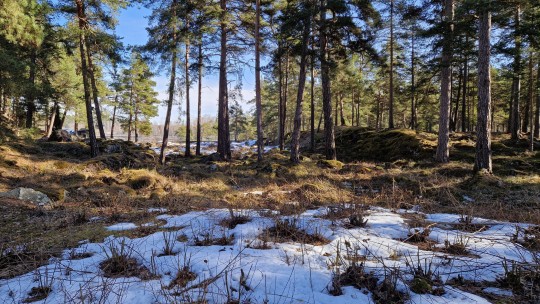






The place is called Dödafallen - The dead falls, it is a place the water of Dalälven (our river) used to run 7000 years ago. Then it changed it course and left this special place in the nature. The area arround the Dalälven have a beautiful nature with many special nature features.
The predecessor of today's Dalälven was a powerful glacial river, which was formed in the final phase of the last ice age that affected large parts of northern Europe. In addition, 8,200 years ago the earth's crust, pressed down by the ice sheet, had risen so that the higher parts of the Avesta tract came to lie above the surface of the sea (now the Baltic Sea).
Around 7,000 years ago, the waterfalls collapsed, probably in connection with a large spring flood when the river's water masses sought a new, somewhat straighter path, north of the current Getklacken. The geologists believe that the event lasted perhaps less than an hour. Because the Dead Falls had been drained, the river below them also had a new, straighter course. During extremely high spring floods, water still flows in the channel that the river had over 8,000 years ago. The area is accessible to the public via footpaths, wooden bridges and stairs.
A good friend and I. ❤️
March 2024
Dödafallen, Avesta, Dalarna, Sweden
#sweden#swedish#my photos#my life#enjoythelittlethings#dalarna#gaylife#nature#sunlight#gayguy#friend time#swedish history#culturalheritage#geology#ice age#riverlife#river#sunny#springtime#march 2024#blue eyes#bluesky#swedish culture#cultural history#nature hikes#natural history#history#life is good#sunligth#bridge
7 notes
·
View notes